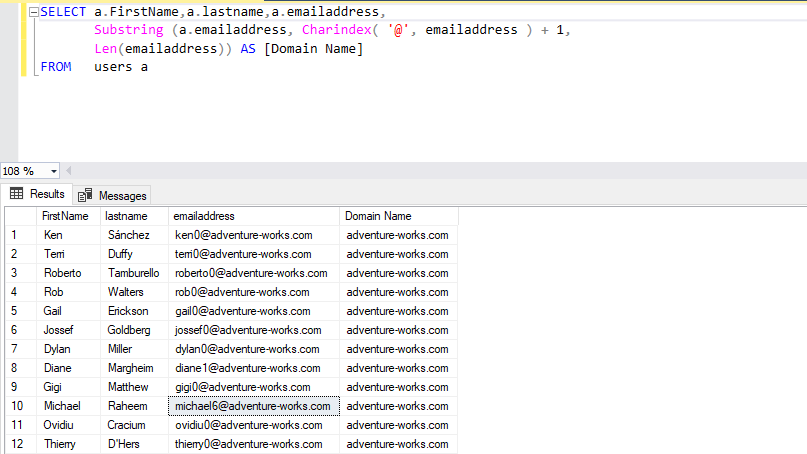

help - This is a single line commentĪll the SQLite statements start with any of the keywords like SELECT, INSERT, UPDATE, DELETE, ALTER, DROP, etc., and all the statements end with a semicolon ( ). C-style comments can span multiple lines. You can also use C-style comments, which begin with "/*" and extend up to and including the next "*/" character pair or until the end of input, whichever comes first. SQL comments begin with two consecutive "-" characters (ASCII 0x2d) and extend up to and including the next newline character (ASCII 0x0a) or until the end of input, whichever comes first.
SQLITE COUNT WORDS CODE
SQLite comments are extra notes, which you can add in your SQLite code to increase its readability and they can appear anywhere whitespace can occur, including inside expressions and in the middle of other SQL statements but they cannot be nested. the clauses GLOB and glob have the same meaning in SQLite statements.

The important point to be noted is that SQLite is case insensitive, i.e. This chapter lists all the basic SQLite Syntax. If it is really necessary, this problem can be solved by building a computer column and an index on it, but this is out of the scope of this article.SQLite is followed by unique set of rules and guidelines called Syntax. The reason is that, if there is an index on the summary column, it cannot be used because the query optimizer cannot make assumptions on the results of the expressions. Nothing prevents us to use those expressions in a WHERE clause or in an ORDER BY clause, but this may heavily affect performance. In the examples above, the expressions should be relatively fast (though, of course, it can be a problem when applied to a huge number of rows). It’s not used with LEN() because the case obviously doesn’t affect a string length.

In both cases, LOWER() is applied before REPLACE(), to make it work when. (LEN(summary) - LEN(REPLACE(LOWER(summary), LOWER('France'(,''))) / LEN('France') LEN(summary) - LEN(REPLACE(LOWER(summary), LOWER('x'), ''))Īny number of characters, case insensitive: SELECT Single character, case insensitive: SELECT We can make them case-insensitive by using the LOWER() function. The above expressions are case-sensitive. If there are zero occurrences the expression will still work, because zero divided by any number returns zero. So, for example, if the length difference is 6 there is one occurrence, and if the length difference is 12 there are two occurrences. Returns the length difference divided by the length of ‘France’.Deletes the occurrences of ‘France’ from the superstring and counts the characters again.(LEN(summary) - LEN(REPLACE( summary, 'France',''))) / LEN('France') If we don’t know the length of the substring, the expression to use is a bit more complex: SELECT Returns the difference or, in other words, the number of x’s.Ĭounting the occurrences of a substring of any length.Deletes the x’s from the superstring and counts the characters again.Gets the number of characters in the superstring.LEN(summary) - LEN(REPLACE(summary, 'x', '')) This is the simplest case: the substring we want to count has a length of exactly one character. This can be done, but it’s not straight-forward because SQL Server doesn’t have a specific function to do it. For example, you may want to count all occurrences of a name in a text. Sometimes you want to count all occurrences of a substring into a bigger string.


 0 kommentar(er)
0 kommentar(er)
